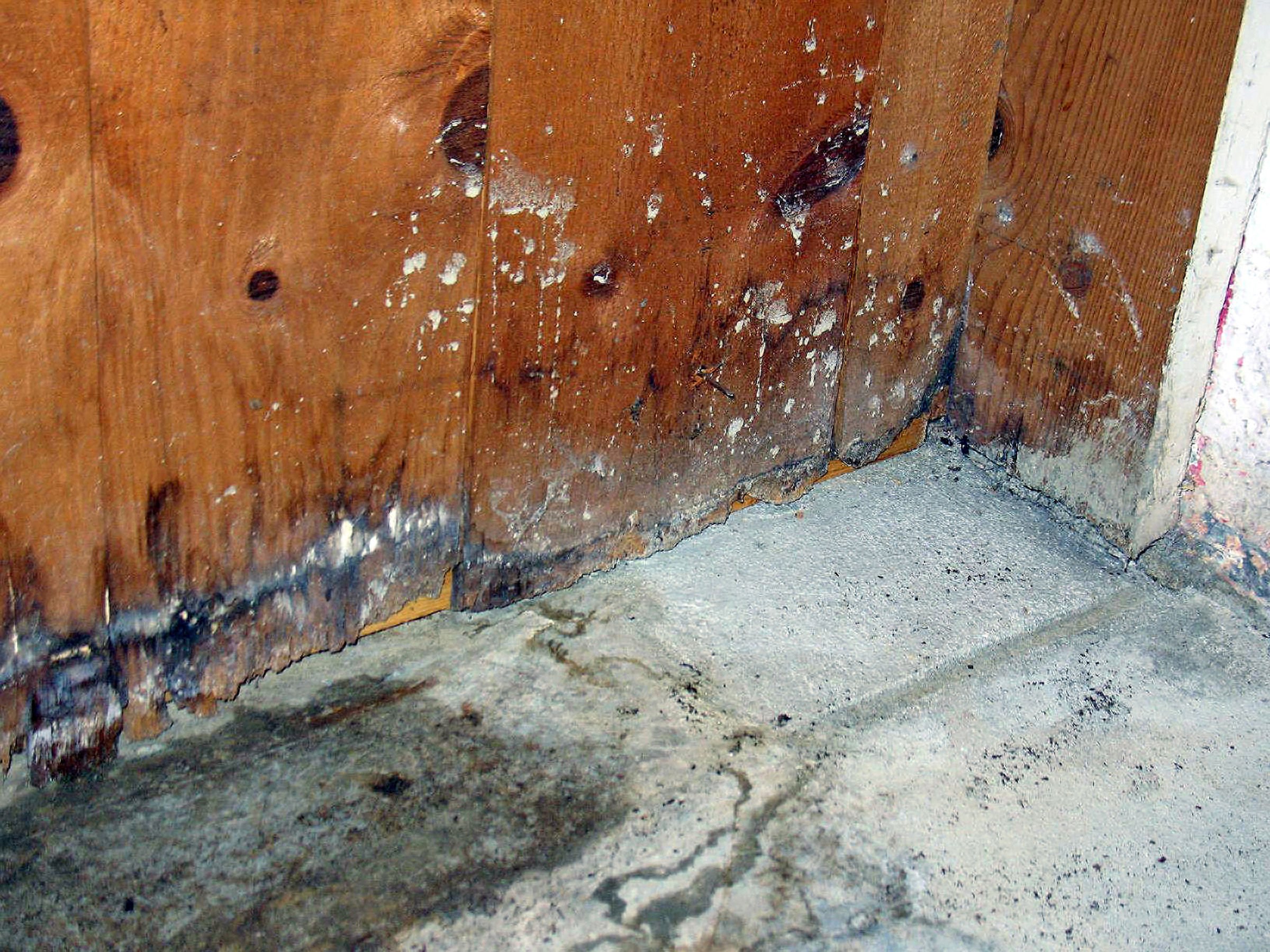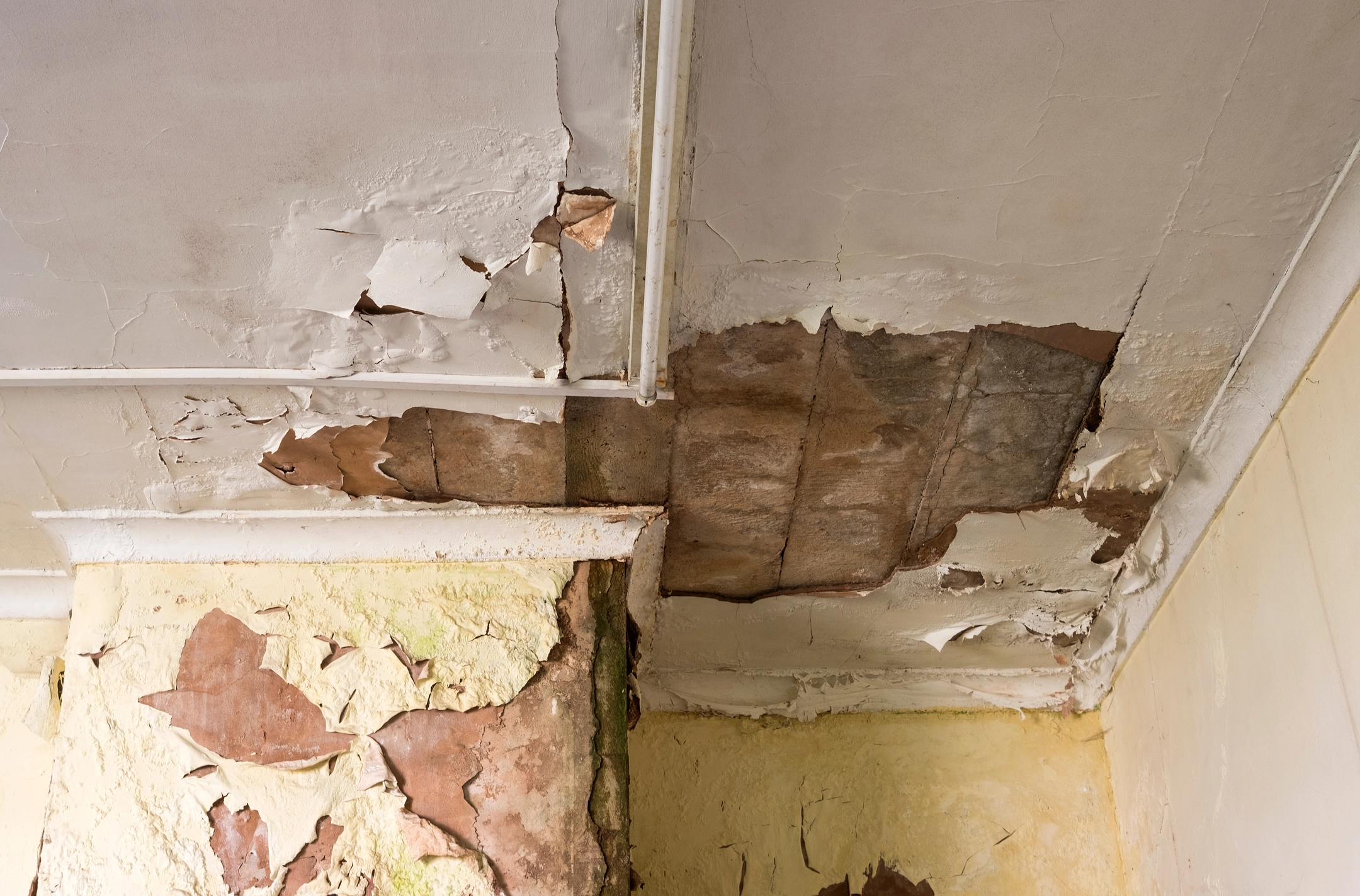Trusted Water Damage Cleanup Services to Restore Your Home’s Safety and Comfort
The Refine of Water Damages Cleanup: Ensuring Your Home Is Restored Successfully
Water damage can be an overwhelming difficulty for property owners, necessitating a careful and organized clean-up procedure to bring back safety and security and functionality. Originally, a thorough evaluation is vital to identify the extent of the damages and establish the suitable removal actions. Following this, reliable water extraction techniques play an essential role in minimizing additional damage. The subtleties of drying out, sanitizing, and eventual remediation are equally vital and usually overlooked. Understanding these stages can make a considerable difference in the end result of your home's reconstruction, motivating a closer take a look at what each action involves.
Evaluating the Damages
Upon finding water damage, the very first step is to thoroughly assess the level of the influence. This first examination is important, as it aids establish the needed steps for reliable cleanup and restoration. Begin by evaluating the impacted areas, including wall surfaces, ceilings, floors, and individual possessions, to determine the source of the water intrusion, whether from flooding, leakages, or condensation.
Documenting the damages is crucial for both insurance cases and preparing restoration initiatives - damage restoration services. Usage photographs and created notes to capture the extent of the damages, noting any kind of affected architectural elements and materials. Pay special interest to locations that may not be right away visible, such as behind wall surfaces and under rugs, as concealed wetness can bring about additional issues, consisting of mold development
In addition, assess the timeline of the water direct exposure. Eventually, a thorough assessment lays the groundwork for a successful water damage clean-up procedure, guaranteeing that all impacted locations are dealt with successfully and completely.
Water Extraction Methods

Professionals usually employ submersible pumps for larger quantities of water, which can promptly alleviate flooding in cellars or other influenced locations. For smaller quantities, wet/dry vacuum cleaners are commonly made use of to draw out residual moisture from carpetings and tough surface areas. In addition, utilizing portable extractors enables targeted elimination in confined rooms or areas with delicate products.
In circumstances of polluted water, such as sewage or floodwater, advanced removal methods might involve using biohazard equipment to guarantee security and conformity with health and wellness regulations. High-powered removal tools are crucial in decreasing water retention in architectural materials, which can cause mold development and architectural deterioration otherwise dealt with promptly.
Eventually, the effectiveness of water removal techniques plays a crucial function in the overall success of the water damage cleanup procedure, preparing for succeeding remediation efforts.
Drying and Dehumidification
When standing water has actually been effectively removed, the following essential phase in the water damages cleanup process is drying out and dehumidification. This action is important to stop further damages and mold development, which can take place within 24 to 2 days in moist environments.
To achieve effective drying, specialized devices such as industrial-grade air movers and dehumidifiers is employed. Air movers circulate air throughout damp surfaces, improving evaporation rates, while dehumidifiers reduce moisture levels in the air, promoting a favorable setting for drying. The mix of these tools ensures that wetness is extracted from wall surfaces, home furnishings, and floors, permitting them to completely dry extensively.
It is essential to keep an eye on the drying procedure carefully. Experts typically utilize dampness meters to evaluate the dampness web content in various materials, making sure that all affected areas reach acceptable dry skin levels. This thorough approach assists to prevent hidden moisture pockets that might cause architectural damage or unhealthy mold and mildew development.

Cleansing and Disinfecting
After the drying and dehumidification stage is complete, the next vital action in water damage cleanup is cleaning and sterilizing the influenced areas. This process is crucial to stop the growth of mold, germs, and other pathogens that thrive in moist atmospheres.
The cleaning stage usually involves removing any type of particles, dust, and contaminants from surfaces making use of specialized cleaning representatives. For hard surface areas, a combination of soap and water or commercial cleaning products is commonly utilized. Soft products, such as upholstery and carpetings, may require a lot more comprehensive cleansing techniques, consisting of steam cleansing or deep removal techniques, to make certain thorough cleanliness.

Disinfecting complies with cleansing, using EPA-approved disinfectants to eliminate dangerous microbes. This action is necessary, particularly in areas that may have entered call with floodwaters or sewer, as these sources can present serious wellness risks.
In addition, view website it is essential to resolve any type of staying odors, which may require making use of odor neutralizers or innovative strategies like ozone treatment. Appropriate cleaning and sanitizing not only restore the safety and hygiene of your home however likewise prepared for effective reconstruction and repair work in succeeding phases of the water webpage damage cleanup process.
Reconstruction and Repairs

Once the assessment is total, reconstruction initiatives can begin. This generally involves fixing or replacing damaged products, making certain that all work abides by regional structure codes and requirements. If drywall has been endangered, it will need to be removed and changed with new material. In addition, flooring might require similar attention, relying on the degree of water direct exposure.
It is critical to engage experienced remediation professionals throughout this procedure, as they have the proficiency to manage intricate repairs properly. They can aid minimize possible future issues, such as mold growth or structural instability, thus ensuring a habitable and safe living atmosphere. Eventually, efficient repair and repair services restore the home's stability and improve its general value.
Final Thought
Finally, the process of water damages cleanup is important for recovering a home to its pre-damage condition. Each stage, from evaluating the damage to carrying out efficient water extraction techniques, adhered to by complete drying, sanitizing, and needed repairs, plays a crucial function in making certain safety and security and conformity with building standards. Efficient execution of these actions not hop over to these guys only reduces prompt damages however additionally improves the lasting stability and value of the building.
Water damages can be a daunting difficulty for property owners, requiring a careful and structured cleaning procedure to restore safety and security and performance. Inevitably, a thorough analysis lays the groundwork for a successful water damage cleaning process, ensuring that all impacted areas are dealt with effectively and extensively.
Effective water extraction techniques are necessary in reducing damage and avoiding further complications complying with a water invasion occasion.In conclusion, the procedure of water damage clean-up is critical for restoring a home to its pre-damage problem. Each phase, from analyzing the damage to implementing effective water removal methods, complied with by thorough drying out, sterilizing, and required repair services, plays a necessary duty in making certain security and conformity with structure requirements.